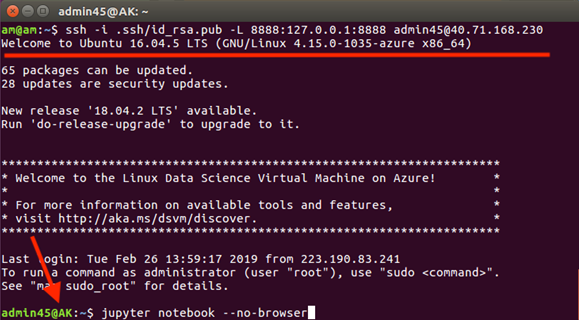By Ajit Jaokar and Ayse Mutlu.
Exclusively for Data Science Central members, with free access. You can download this book (PDF) here.
This tutorial is the second book in the ‘in a weekend’ series – after Classification and Regression in a weekend. The idea of the ‘in a weekend’ series of books is to study one complex section of code in a weekend to master the concept. Cloud computing changes the development paradigm. Specifically, it combines development and deployment (the DevOps approach). In complex environments, the developer has to know more than the coding. Rather, she has to be familiar with both the data engineering and the DevOps. This book helps you to get started with coding a complex AI application for the Cloud(Azure).

Content
1. Introduction 4
2. The problem we solve: Azure ML SDK – Fashion MNIST 4
- What you will learn
- Community for the book
- The community link for the book is HERE. We welcome your comments in the community
- Pre-requisites – What you need to know
- Caution in using the Cloud – Deleting resources
- Cloud – Glossary
3. Code 9
- Flow Diagrams
- Code and links to code
- Local implementation
- Training
- Deployment
4. Azure Machine Learning concepts – an Introduction 27
- Sequence of flow
- Concepts of Azure Machine Learning – an overview
- STEPS for Training
- STEPS for deployment
5. Training and Deployment – extended discussion 32
- What is a Virtual Machine?
- What is Azure Machine Learning SDK?
- What is Workspace?
- What is a resource group?
- What is Experiment in Azure?
- What is a Compute Target?
- Submit machine learning experiment to the cloud
- Datastore
- Training script
- Creating Estimator
6. Deploying model to the cloud 40
- Deployment
- Load workspace and download registered model
- Create a score.py script
- Create a bespoke environment to run your model in
- Image
7. Additional topics 43
- Setup a Container service to host your model
- How the Azure Machine Learning service works: Architecture and concepts
- Pipeline
Conclusion 50
Appendix – setting up Azure and running a basic MNIST model 50
To access the book, and if you are not yet a DSC member, you can register as a member, following this link.
